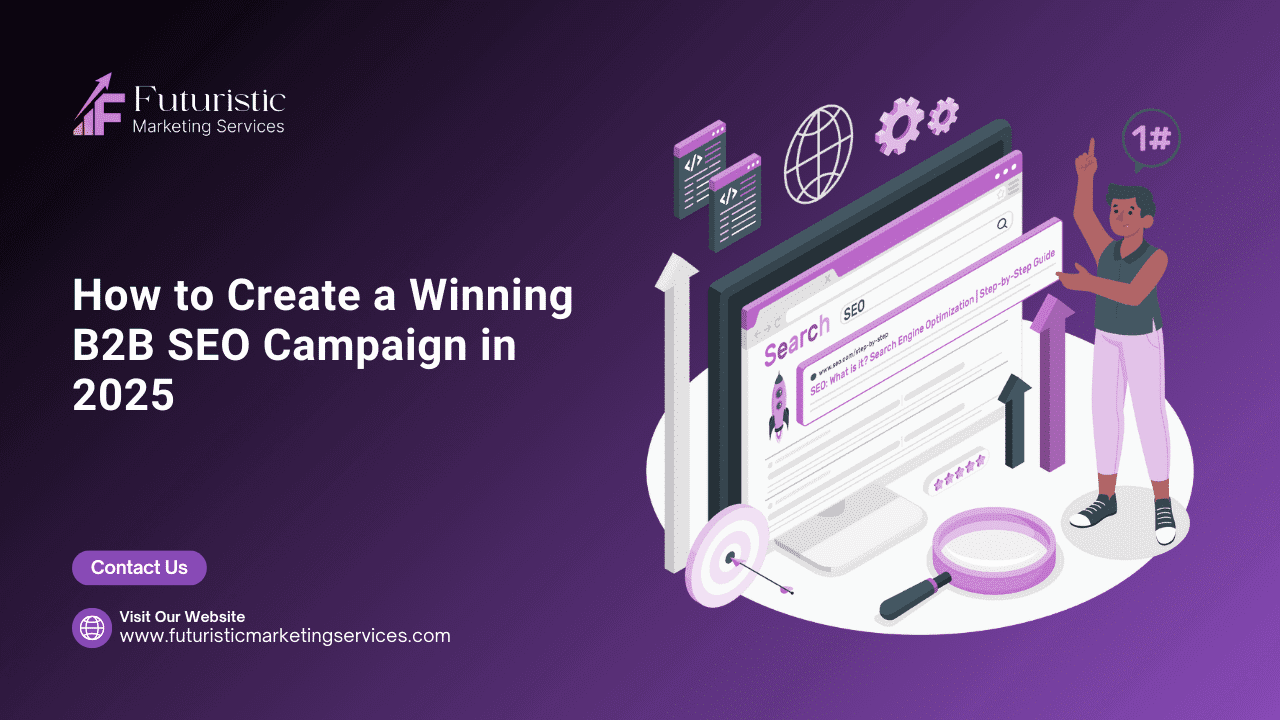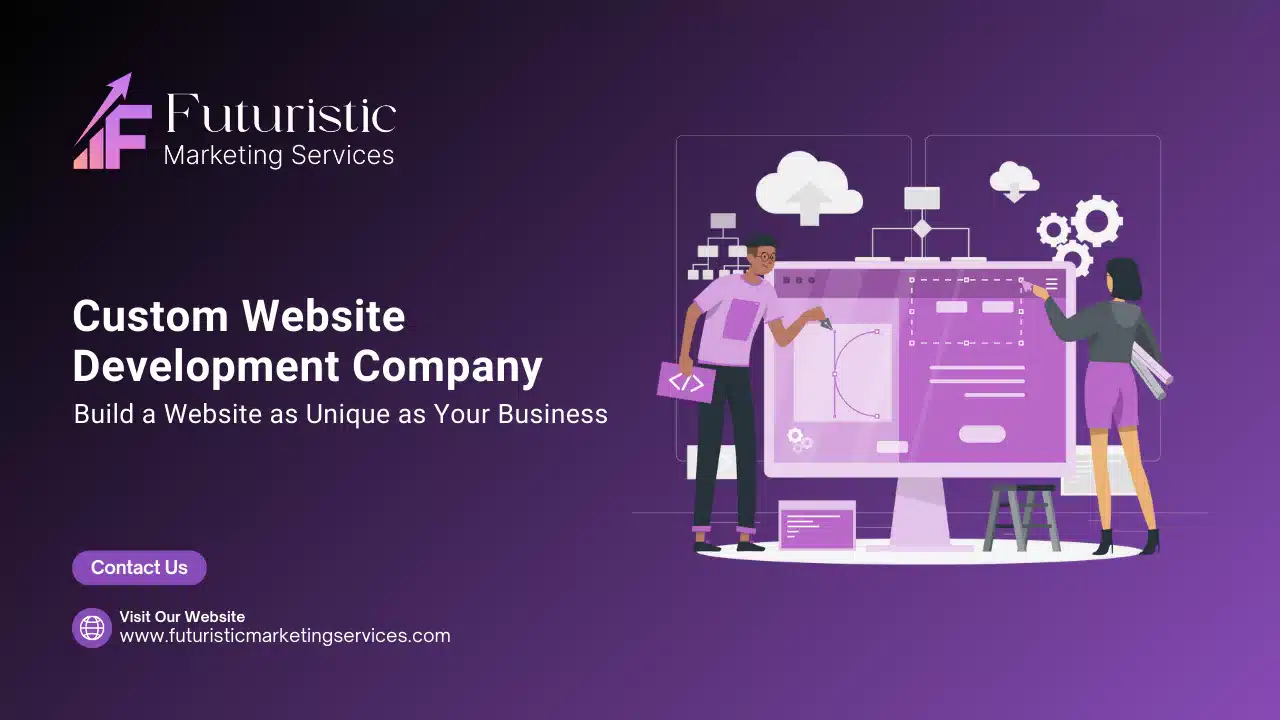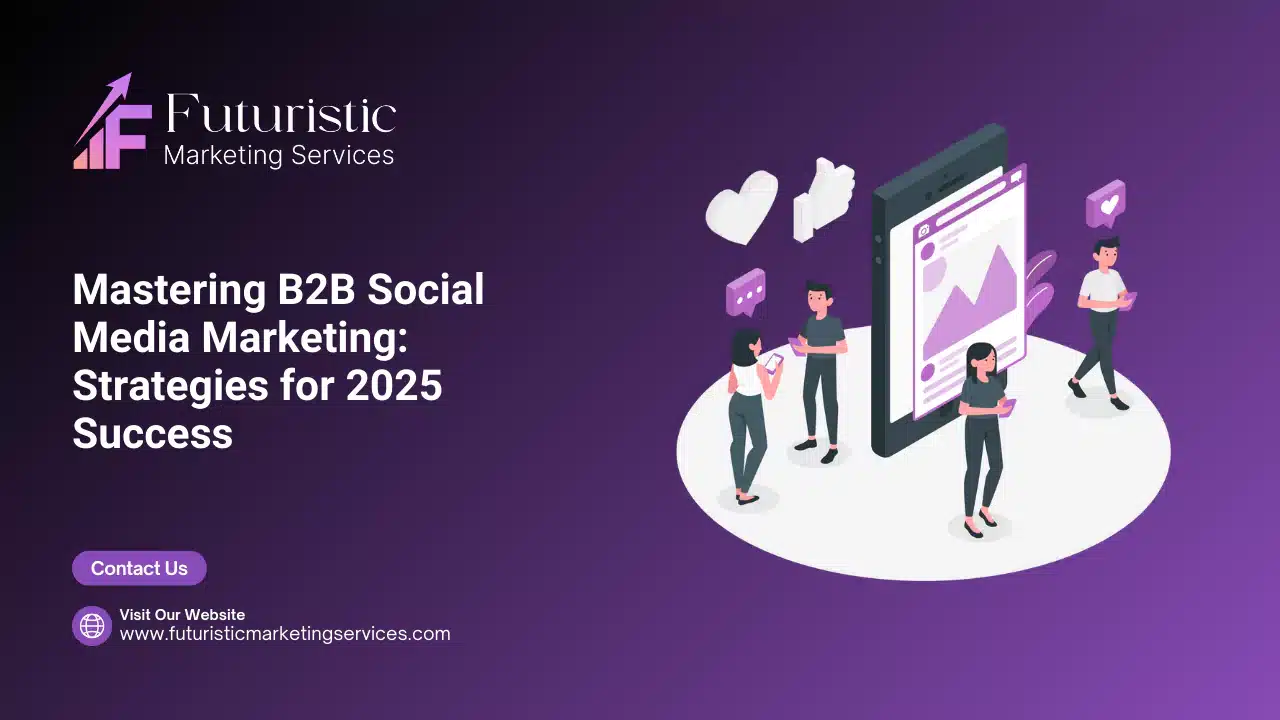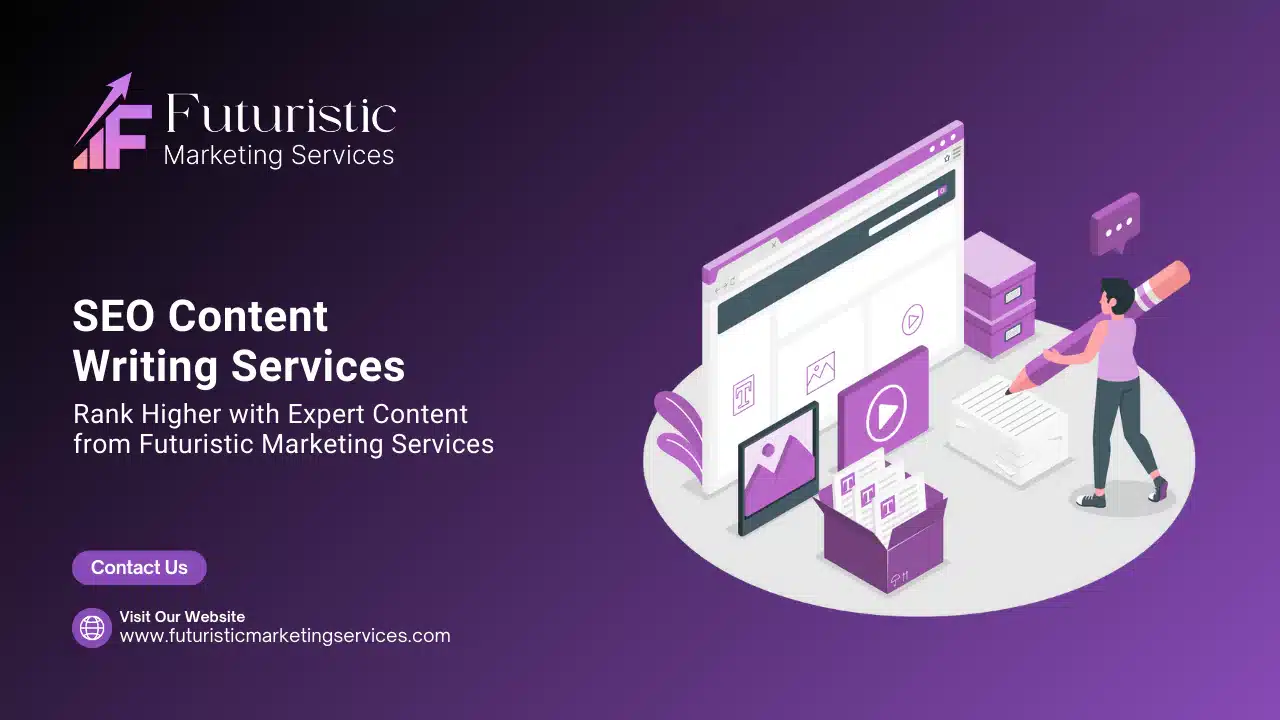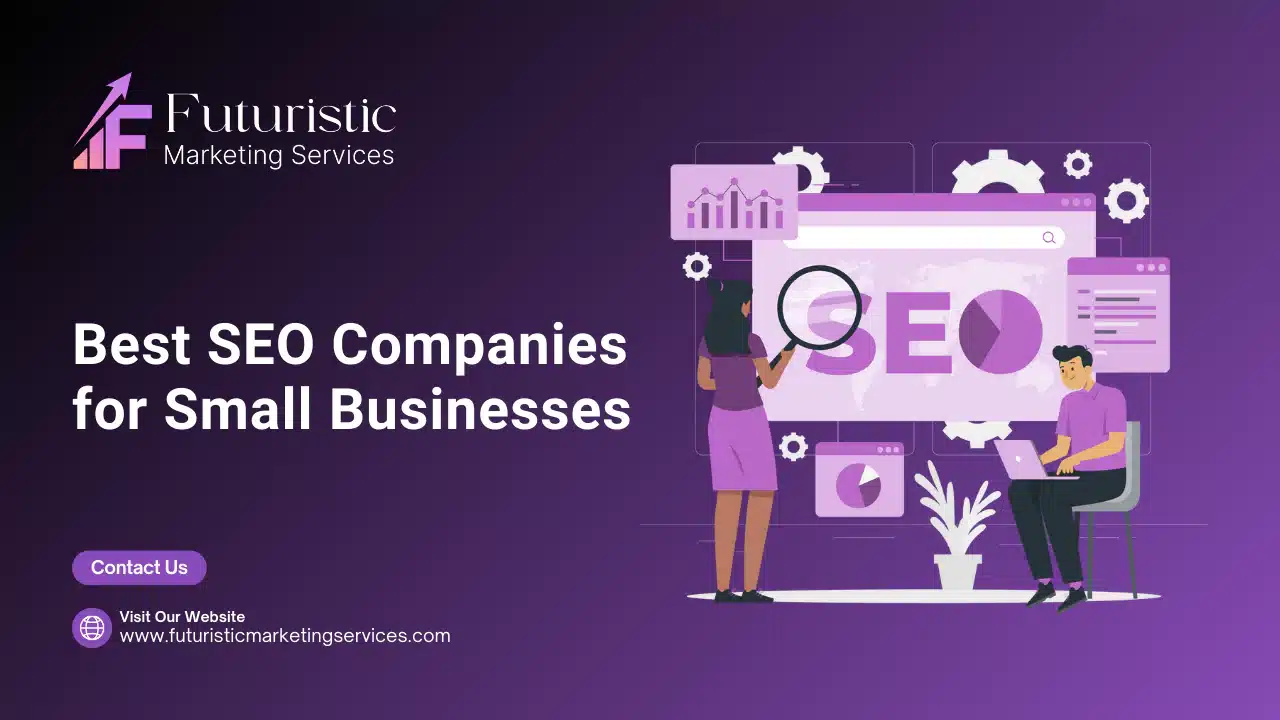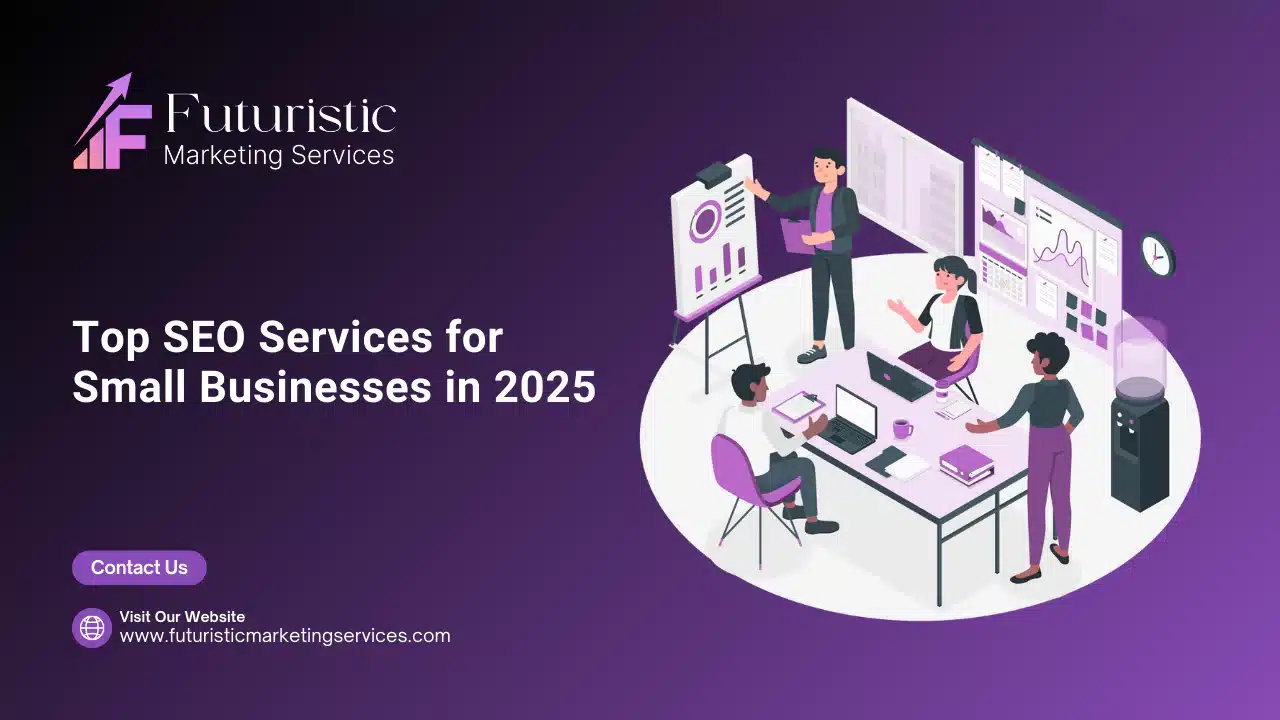In today’s digital age, businesses must navigate a complex landscape of online marketing strategies to effectively reach and engage their target audiences. Understanding the various types of digital marketing is crucial for developing a comprehensive approach that drives brand awareness, customer engagement, and revenue growth. This guide delves into the most prevalent forms of digital marketing, providing insights into their definitions, benefits, best practices, and tools to help you implement them successfully.
1. Search Engine Optimization (SEO)
SEO involves optimizing your website and content to improve its visibility on search engine results pages (SERPs) for relevant keywords. The goal is to attract organic (non-paid) traffic by ensuring that your site ranks higher when users search for terms related to your business.
Benefits
- Increased Visibility: Higher rankings lead to greater exposure to potential customers.
- Cost-Effective: Unlike paid advertising, organic traffic doesn't incur per-click costs.
- Credibility and Trust: Users often trust organic search results more than paid ads.
Best Practices
- Keyword Research: Identify and target keywords that your audience is searching for.
- On-Page Optimization: Optimize title tags, meta descriptions, headers, and content for target keywords.
- Technical SEO: Ensure your website is mobile-friendly, has a fast loading speed, and is structured for easy crawling by search engines.
- Quality Content: Create valuable, relevant, and engaging content that addresses the needs of your audience.
- Link Building: Acquire high-quality backlinks from reputable websites to enhance authority.
Tools and Platforms
- Google Analytics: Tracks and reports website traffic.
- Ahrefs: Offers tools for backlink analysis, keyword research, and competitor analysis.
- SEMrush: Provides insights into SEO, PPC, and content marketing strategies.
2. Content Marketing
Content marketing focuses on creating and distributing valuable, relevant, and consistent content to attract and retain a clearly defined audience. The objective is to drive profitable customer action by providing information that educates, entertains, or inspires.
Benefits
- Brand Authority: Establishes your business as a thought leader in your industry.
- Audience Engagement: Encourages interaction and fosters relationships with potential customers.
- Lead Generation: Attracts prospects who are interested in your products or services.
Best Practices
- Content Strategy: Develop a plan that outlines your target audience, content formats, distribution channels, and goals.
- Diverse Formats: Utilize various content types, including blog posts, videos, infographics, podcasts, and eBooks.
- Consistency: Maintain a regular publishing schedule to keep your audience engaged.
- SEO Integration: Incorporate relevant keywords naturally to improve search engine rankings.
- Performance Analysis: Monitor metrics such as traffic, engagement, and conversions to assess effectiveness.
Tools and Platforms
- WordPress: A popular content management system (CMS) for creating and managing website content.
- HubSpot: Offers a suite of marketing tools, including content creation, distribution, and analytics.
- Canva: A design tool for creating visually appealing graphics and presentations.
3. Social Media Marketing
Social media marketing involves using platforms like Facebook, Instagram, Twitter, LinkedIn, and others to promote products or services, engage with audiences, and build brand awareness.
Benefits
- Enhanced Brand Recognition: Increases visibility and accessibility to potential customers.
- Customer Engagement: Facilitates direct communication and interaction with your audience.
- Targeted Advertising: Allows for precise audience targeting based on demographics, interests, and behaviors.
Best Practices
- Platform Selection: Choose platforms that align with your target audience's preferences.
- Content Planning: Create a content calendar to ensure consistent and relevant postings.
- Engagement: Respond promptly to comments, messages, and mentions to foster community.
- Analytics: Use platform-specific insights to track performance and refine strategies.
- Paid Advertising: Leverage sponsored posts and ads to reach a broader audience.
Tools and Platforms
- Hootsuite: A social media management tool for scheduling posts and monitoring engagement.
- Buffer: Helps plan and publish content across multiple social media accounts.
- Sprout Social: Offers social media analytics and engagement features.
4. Pay-Per-Click (PPC) Advertising
PPC is a form of online advertising where advertisers pay a fee each time their ad is clicked. It’s a way of buying visits to your site rather than attempting to earn them organically.
Benefits
- Immediate Results: Generates traffic quickly upon launching a campaign.
- Measurable ROI: Provides clear data on ad performance and spending.
- Targeted Reach: Allows ads to be shown to users based on specific keywords, demographics, and interests.
Best Practices
- Keyword Research: Identify high-intent keywords relevant to your offerings.
- Compelling Ad Copy: Write persuasive ads that encourage clicks.
- Landing Page Optimization: Ensure that the landing page aligns with the ad and provides a seamless user experience.
- Budget Management: Set and monitor budgets to control costs effectively.
- A/B Testing: Continuously test different ad copies, headlines, and visuals to improve performance.
- Negative Keywords: Use negative keywords to filter out irrelevant traffic and save budget.
- Conversion Tracking: Monitor conversions to assess the effectiveness of each ad campaign.
Tools and Platforms
- Google Ads: The most popular PPC advertising platform.
- Microsoft Advertising (Bing Ads): A good alternative to Google Ads with lower competition.
- AdRoll: A retargeting platform for remarketing ads.
5. Affiliate Marketing
Affiliate marketing is a performance-based digital marketing strategy where businesses pay commissions to affiliates (partners) for driving traffic or sales through their referral links.
Benefits
- Low Upfront Costs: You only pay when you get results.
- Extended Reach: Leverage the audience of influencers and bloggers.
- Performance-Based Model: Ensures a high return on investment (ROI).
Best Practices
- Choose the Right Affiliates: Partner with influencers, bloggers, and websites that align with your brand.
- Provide High-Quality Marketing Materials: Offer banners, images, and pre-written content to help affiliates promote your product.
- Track Performance Metrics: Use affiliate tracking software to monitor clicks, conversions, and revenue.
- Offer Competitive Commissions: Provide incentives to encourage affiliate participation.
Tools and Platforms
- ShareASale: A popular affiliate network.
- CJ Affiliate: One of the largest affiliate marketing platforms.
- Rakuten Marketing: A global affiliate network for businesses.
6. Email Marketing
Email marketing is the practice of sending targeted emails to prospects and customers to nurture relationships, promote offers, and drive sales.
Benefits
- Direct Communication: Reaches customers in their inbox, leading to high engagement.
- High ROI: Email marketing provides an average ROI of $42 for every $1 spent.
- Personalization: Allows businesses to segment audiences and send tailored content.
Best Practices
- Build a Quality Email List: Use lead magnets (e.g., free eBooks, webinars) to attract subscribers.
- Segment Your Audience: Divide your email list based on demographics, behavior, and purchase history.
- Craft Engaging Subject Lines: Improve open rates with compelling subject lines.
- Optimize for Mobile: Ensure emails are mobile-friendly.
- Use Automation: Set up automated email sequences for onboarding, promotions, and re-engagement.
Tools and Platforms
- Mailchimp: A user-friendly email marketing platform.
- Constant Contact: Offers email automation and list segmentation.
- SendinBlue: Provides email and SMS marketing features.
7. Inbound Marketing
Inbound marketing is a strategy that focuses on attracting potential customers by creating valuable content, offering solutions to their problems, and building long-term relationships.
Benefits
- Builds Trust & Authority: Positions your business as an industry leader.
- Generates Qualified Leads: Attracts customers genuinely interested in your offerings.
- Improves Customer Experience: Engages users with helpful content rather than interruptive ads.
Best Practices
- Create Buyer Personas: Understand your audience’s needs, pain points, and preferences.
- Develop a Content Funnel: Map out content that guides users from awareness to decision-making.
- Utilize SEO & Content Marketing: Combine these strategies to attract organic traffic.
- Engage Through Multiple Channels: Use blogs, social media, email, and videos.
Tools and Platforms
- HubSpot: A comprehensive inbound marketing platform.
- Marketo: Helps with lead generation and customer engagement.
- Salesforce Pardot: A B2B marketing automation tool.
8. Video Marketing
Video marketing involves creating and distributing video content to engage audiences, boost brand awareness, and drive conversions.
Benefits
- Higher Engagement: Videos are shared 1200% more than text and image content combined.
- Boosts SEO: Web pages with videos are 53 times more likely to rank on Google.
- Increases Conversion Rates: 64% of consumers are more likely to buy a product after watching a video.
Best Practices
- Use Storytelling: Engage viewers with a compelling narrative.
- Optimize for SEO: Add relevant keywords in titles, descriptions, and tags.
- Include a Call-to-Action (CTA): Direct viewers toward the next step (subscribe, purchase, or sign up).
- Use Multiple Platforms: Share videos on YouTube, Facebook, Instagram, and LinkedIn.
Tools and Platforms
- YouTube: The second-largest search engine after Google.
- Vimeo: A professional video hosting platform.
- Wistia: Ideal for embedding videos on websites.
Final Thoughts: Which Digital Marketing Strategy Is Right for You?
The best digital marketing strategy depends on your business goals, target audience, and budget. By leveraging a combination of SEO, content marketing, social media, PPC, email, and video marketing, businesses can maximize their online presence and drive growth.
Ready to Take Your Digital Marketing to the Next Level?
At Futuristic Marketing Services, we specialize in creating data-driven digital marketing strategies tailored to your business needs. Contact us today for a free consultation and let’s build your success story!



